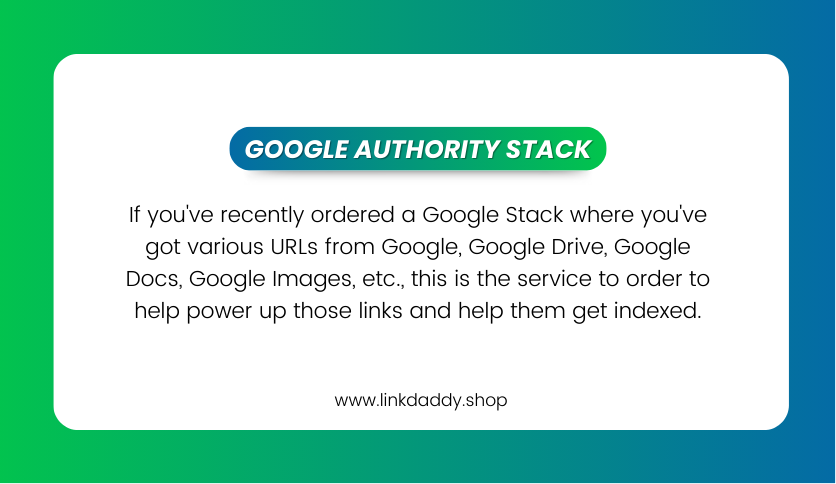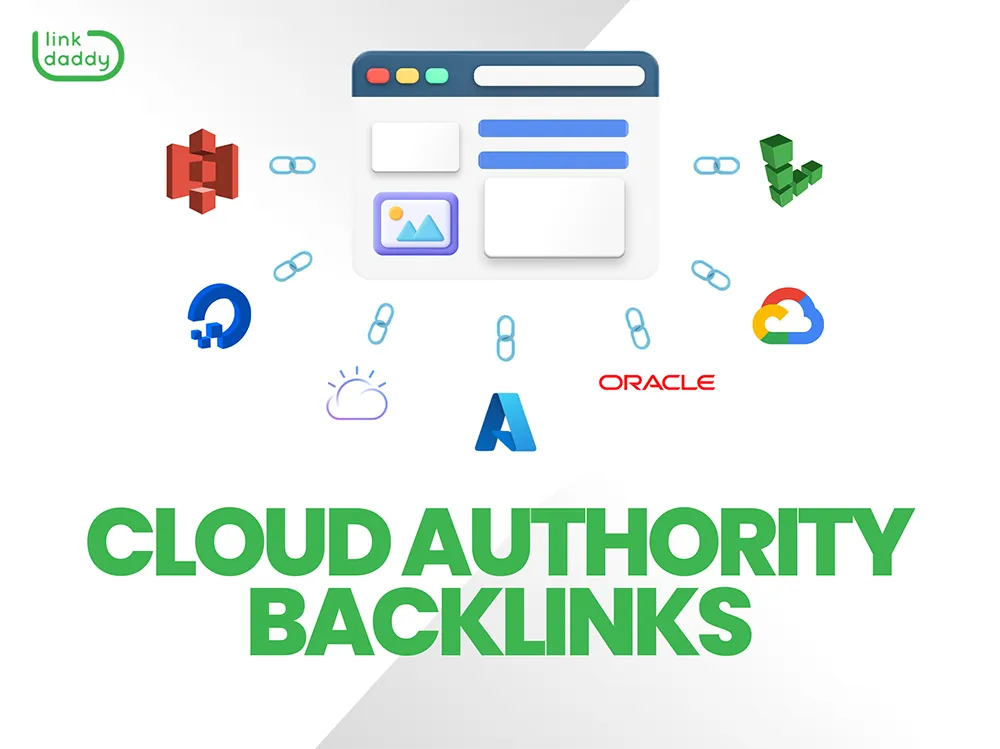Understanding the Various Types of Cloud Solutions and Their Uses
From Framework as a Solution (IaaS) to Software as a Service (SaaS), each type of cloud service offers an one-of-a-kind objective and offers unique benefits. By discovering the nuanced functionalities and applications of each cloud solution, one can browse the complexities of cloud computing with accuracy and foresight.
Framework as a Service (IaaS)
Facilities as a Solution (IaaS) gives customers with virtualized computing resources online on a pay-as-you-go basis. This cloud computer model delivers crucial IT infrastructure such as digital makers, storage, and networking without the need for organizations to spend in and manage physical web servers and data facilities. With IaaS, users can scale sources up or down based on their needs, using flexibility and cost-efficiency.
Among the essential advantages of IaaS is its ability to quickly stipulation and deploy infrastructure components, allowing organizations to react promptly to altering demands and market conditions. By outsourcing infrastructure monitoring to the company, organizations can concentrate more on their core organization tasks instead of managing the intricacies of hardware upkeep and upgrades.
Furthermore, IaaS supplies a high level of integrity and safety, with suppliers generally supplying robust information back-up, catastrophe recuperation, and cybersecurity steps. This assists ensure that essential company procedures remain undisturbed and data continues to be protected versus potential risks. cloud services press release. On the whole, Infrastructure as a Solution streamlines IT operations, boosts scalability, and decreases capital investment for organizations of all dimensions
Platform as a Service (PaaS)
Building upon the foundation of Infrastructure as a Service (IaaS), Platform as a Service (PaaS) offers an extensive atmosphere for designers to produce, deploy, and handle applications without the complexities of underlying facilities administration. PaaS supplies a system with tools and services that improve the development process, permitting developers to concentrate on composing code and building applications rather than taking care of framework problems.

Software Program as a Solution (SaaS)
Software Application as a Solution (SaaS) reinvents the means services access and use software applications by providing them on a registration basis with cloud companies. This cloud computer model removes the need for organizations to mount and maintain software application on individual gadgets, as every little thing is hosted and taken care of centrally in the cloud.
SaaS offers a cost-effective service for services as they just pay for the software application they make use of without the included expenses of hardware maintenance or software application updates. It additionally offers scalability, allowing business to conveniently adjust their software application needs based upon their needs.
Furthermore, SaaS applications can be Visit This Link accessed from any kind of device with an internet connection, promoting partnership and adaptability among remote teams. Safety is a leading priority in SaaS, with service providers implementing robust actions to protect information kept in the cloud.
Popular examples of SaaS consist of consumer relationship monitoring (CRM) software like Salesforce, efficiency tools like Microsoft Office 365, and cooperation platforms like Google Workspace. SaaS remains to acquire grip in the company world as a result of its scalability, cost-efficiency, and ease.
Feature as a Solution (FaaS)
With the evolution of cloud services like Software application as a Solution (SaaS) enhancing software delivery, Function as a Service (FaaS) represents a standard shift in exactly how code is implemented in a serverless setting. FaaS permits programmers to create and implement individual features or pieces of code in response to specific events without the requirement to take care of the framework. This serverless computer model enables developers to focus entirely on composing code to site web apply particular performances, without concerning themselves with the underlying facilities or server monitoring.
Functions are carried out in stateless containers that are rotated up and down as needed, making sure optimal resource use and cost-effectiveness. By abstracting the facilities layer, FaaS streamlines growth, speeds up time to market, and enhances general dexterity in deploying cloud-native applications.
Storage as a Solution (STaaS)
A fundamental element in cloud computer, Storage as a Service (STaaS) provides users with a effective and scalable solution for handling data storage needs. STaaS enables companies to keep and recover information from remote web servers through the net, getting rid of the need for on-premises hardware. This solution provides adaptability by enabling users to pay only for the storage space they use, making it a cost-efficient option for businesses of all sizes.

STaaS is specifically valuable for businesses with fluctuating storage needs, as it supplies a protected and reliable storage space option without the requirement for significant ahead of time investments. By leveraging STaaS, companies can enhance their data monitoring processes, boost availability, and enhance information safety and security in an affordable fashion.

Conclusion
In final thought, comprehending the various kinds of cloud services and their uses is necessary for individuals and services looking to utilize the benefits of cloud computing. By using the right cloud service, organizations can improve their efficiency, scalability, and versatility in handling their IT infrastructure and applications.
From Facilities as a Solution (IaaS) to Software as a Service (SaaS), each type of cloud solution offers an unique purpose and supplies distinctive benefits. Cloud Services. By checking out the nuanced capabilities and applications of each cloud service, one can browse the intricacies of cloud computer with accuracy and insight
With the advancement of cloud solutions like Software program as a Service (SaaS) streamlining software application distribution, Feature as a Service (FaaS) represents a paradigm change in just how code is implemented in a serverless environment.In conclusion, comprehending the different types of cloud services and their uses is necessary for people and businesses looking to utilize the benefits of cloud computing. By utilizing the right cloud service, organizations can enhance their efficiency, scalability, and flexibility in handling their IT facilities and applications.
Comments on “LinkDaddy Cloud Services Press Release: Breaking News and Updates”